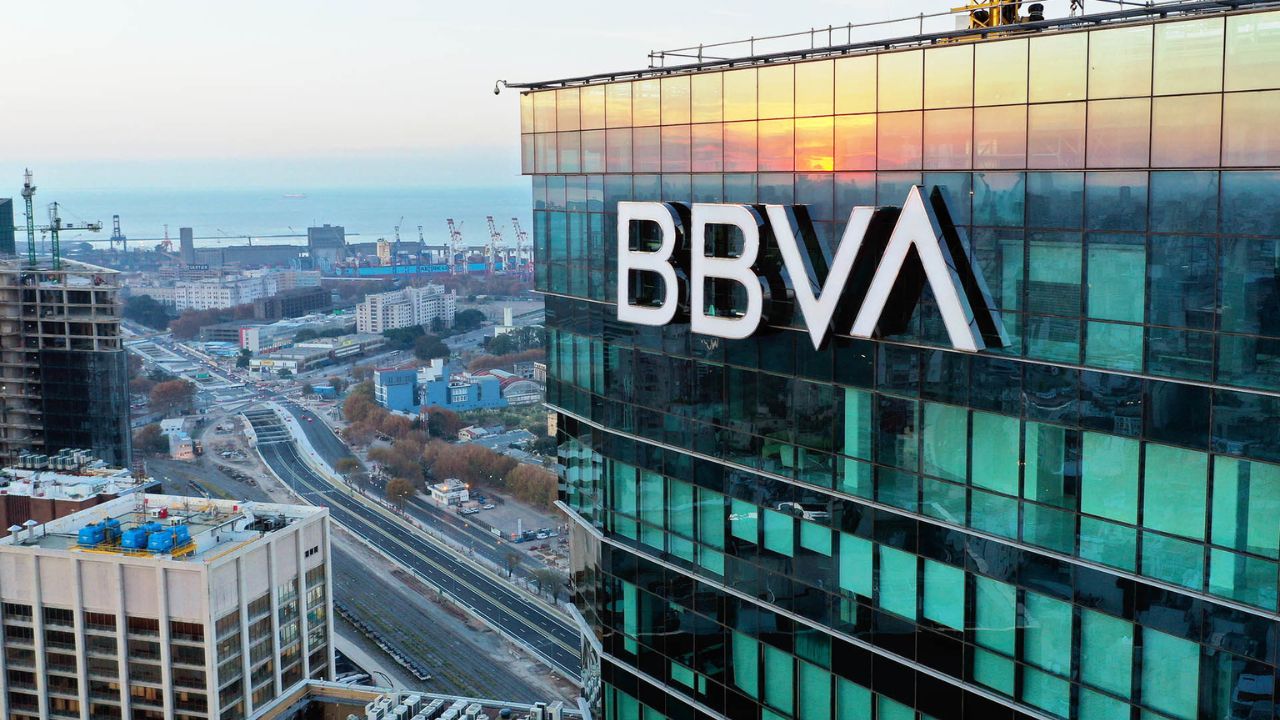BBVA’s remarkable share price surge since late 2020, surpassing treble figures, has significantly narrowed its valuation gap with its Spanish counterpart, Santander.
Despite both banks’ extensive histories and roots tracing back to neighbouring Spanish cities in the 19th century, Santander historically dominated the Spanish banking sector, boasting significantly larger assets and market capitalization compared to BBVA.
However, the valuation gap has shrunk from 20 billion euros to approximately 5.5 billion euros over the past three years, prompting analysis of the strategic decisions driving this shift.
Investor Sentiment and Reward Mechanisms
Investor sentiment toward BBVA has been bolstered by its resounding success in Mexico, where its subsidiary commands a substantial retail market share.

BBVA’s decision to exit the United States to return more capital to shareholders has garnered investor approval, reflecting a broader market trend favouring banks prioritizing shareholder returns over expansive growth strategies.
BBVA’s consistent distribution of profits through dividends and share buybacks under the leadership of Chairman Carlos Torres and CEO Onur Genç has contributed significantly to its positive market performance.
Strategic Outlook and Market Dynamics
In contrast, Santander’s more conservative approach to shareholder payouts under Executive Chair Ana Botin, coupled with challenges in profitability, particularly in Brazil, has restrained its share price growth.

Despite maintaining a robust presence across multiple markets, Santander’s cautious stance on extraordinary buybacks has failed to resonate with investors seeking immediate returns.
As interest rates remain high, investors prioritize immediate payouts over future growth prospects, favouring banks with more generous capital distribution policies like BBVA.
